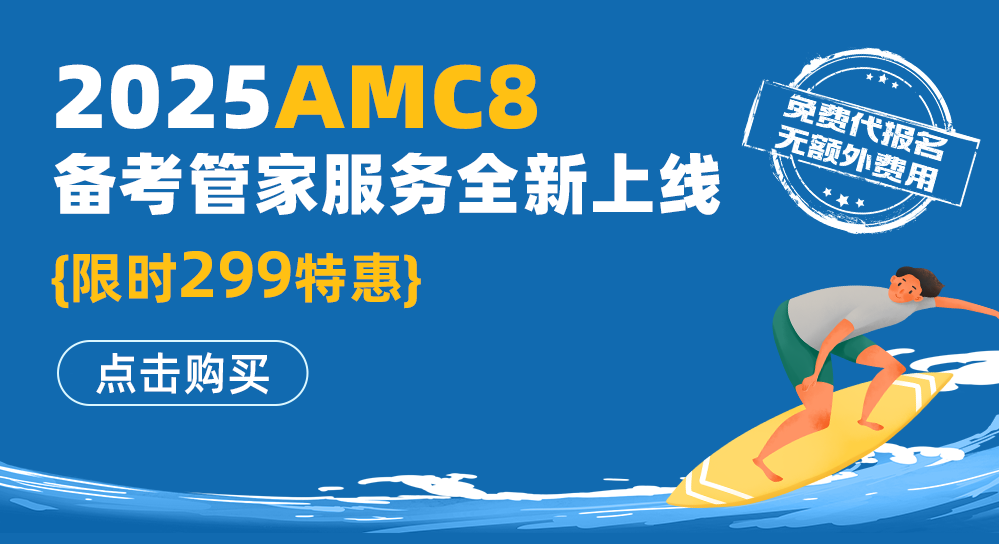- 翰林提供学术活动、国际课程、科研项目一站式留学背景提升服务!
- 400 888 0080
2019英特尔 ISEF 学科最佳作品摘要:地球与环境科学 Best of Category Abstract: Earth and Environmental Sciences
获奖作品基本信息
| 年份 | 2019 |
| 学科 | 地球与环境科学 EARTH AND ENVIRONMENTAL SCIENCES |
| 国家/州 | MO, United States of America |
获奖作品名称
Evaluating Nano-Ferrofluid as a Technique for Microplastic Removal in Water
获奖作品摘要
Microplastics, plastics under 5 millimeters in diameter, are becoming an increasingly problematic aspect of water pollution for both humans and the environment. There is an estimated microplastic presence in 83% of tap water worldwide with up to 94% in the United States. Due to their small size, microplastics are also able to circulate oceans and harm marine organisms on both physical and chemical levels. Currently, there are no feasible large or small-scale options to remove microplastics from water that are both effective and economical. Nano-ferrofluids have proven effective at removing oil spills from water and could be adapted to filter out microplastics. This investigation examined two types of nano-ferrofluid, magnetite and cobalt ferrite, to evaluate their feasibility in removing microplastics from water. The five most common types of plastic (HDPE, PP, PETE, PS, and LDPE) were tested. Twenty-milliliter samples of 5 g/L microplastic suspensions with .5 mL of added vegetable oil and varying amounts of ferrofluid were analyzed with microscopy to determine plastic removal. The results found significant plastic removal for both types of ferrofluid, with an average removal of 96.8% ± .42% for magnetite and 94.9% ± 0.58% for cobalt ferrite. All five plastics tested had similar removal rates, meaning that this removal technique does not rely on the type of plastic. This method of microplastic removal shows potential on both commercial and industrial levels, with possible applications in a variety of settings from household appliances to large-scale water treatment facilities.
ISEF 简介
英特尔国际科学与工程大奖赛,简称 "ISEF",由美国 Society for Science and the Public(科学和公共服务协会)主办,英特尔公司冠名赞助,是全球规模最大、等级最高的中学生的科研科创赛事。ISEF 的学术活动学科包括了所有数学、自然科学、工程的全部领域和部分社会科学。ISEF 素有全球青少年科学学术活动的“世界杯”之美誉,旨在鼓励学生团队协作,开拓创新,长期专一深入地研究自己感兴趣的课题。
>>> 实用链接汇总 <<<
· 数学 · 物理 · 化学 · 生物 · 计算机 · 工程 ·
学科简介:地球与环境科学
Category: EARTH AND ENVIRONMENTAL SCIENCES
Studies of the environment and its effect on organisms/systems, including investigations of biological processes such as growth and life span, as well as studies of Earth systems and their evolution.
Subcategories:
Atmospheric Science (AIR): The study of the Earth's atmosphere, its processes, the effects other systems have on the atmosphere, and the effects of the atmosphere on these other systems as well as meteorological investigations. Further investigation in this field relates to atmospheric chemistry, atmospheric physics, atmospheric changes (both long and short-term) that define average climates and their change over time, and upper layers of the atmosphere, where dissociation and ionization are important.
Climate Science (CLI): Studies of Earth’s climate, particularly evidential study of climate change over a period of time. This field studies long-term trends in average meteorological conditions and changes in these averaged conditions from season to season, year to year, decade to decade.
Environmental Effects on Ecosystems (ECS): Studies of the impact of environmental changes (natural or as a result of human interaction) on ecosystems, including empirical pollution studies.
Geosciences (GES): Studies of Earth’s land processes, including mineralogy, plate tectonics, volcanism, and sedimentology.
Water Science (WAT): Studies of Earth’s water systems, including water resources, movement, distribution, and water quality. This field includes the occurrence, movement, abundance, distribution, and quality of subsurface waters and related geologic aspects of surface waters. Furthermore, it projects may also address water from the moment of precipitation until it evaporates into the atmosphere or is discharged into the ocean; for example, river systems and the impacts of flooding.
Other (OTH): Studies that cannot be assigned to one of the above subcategories. If the project involves multiple subcategories, the principal subcategory should be chosen instead of Other.
在线登记
最新发布
© 2024. All Rights Reserved. 沪ICP备2023009024号-1









